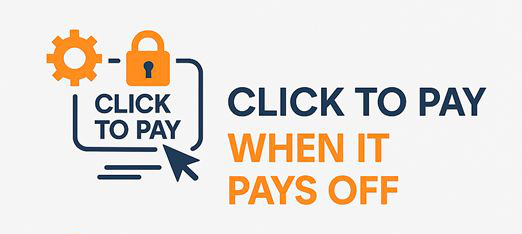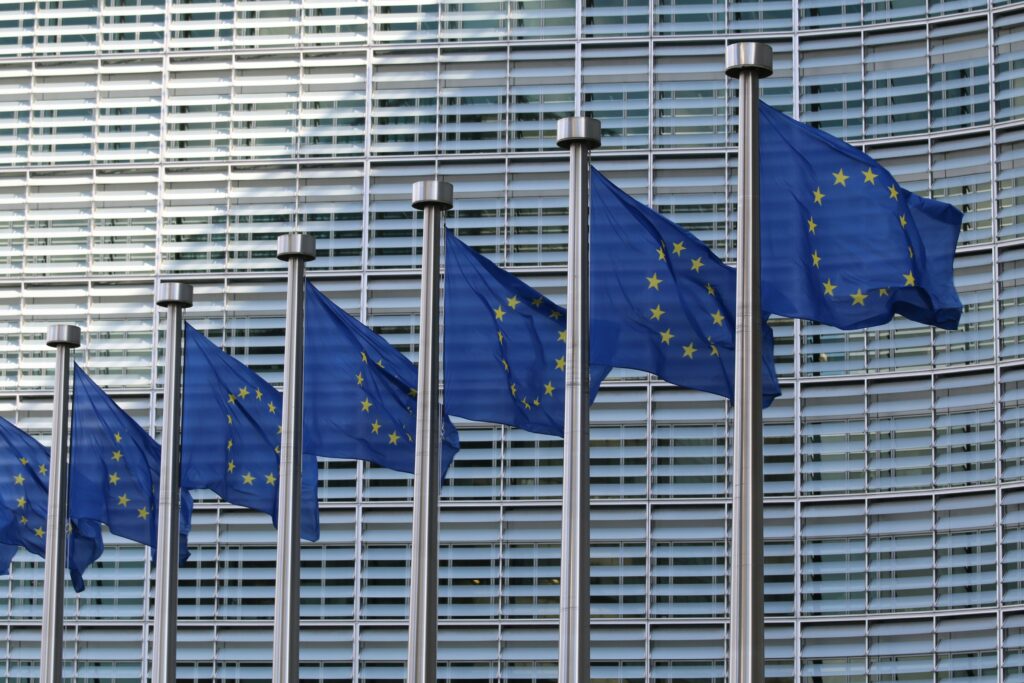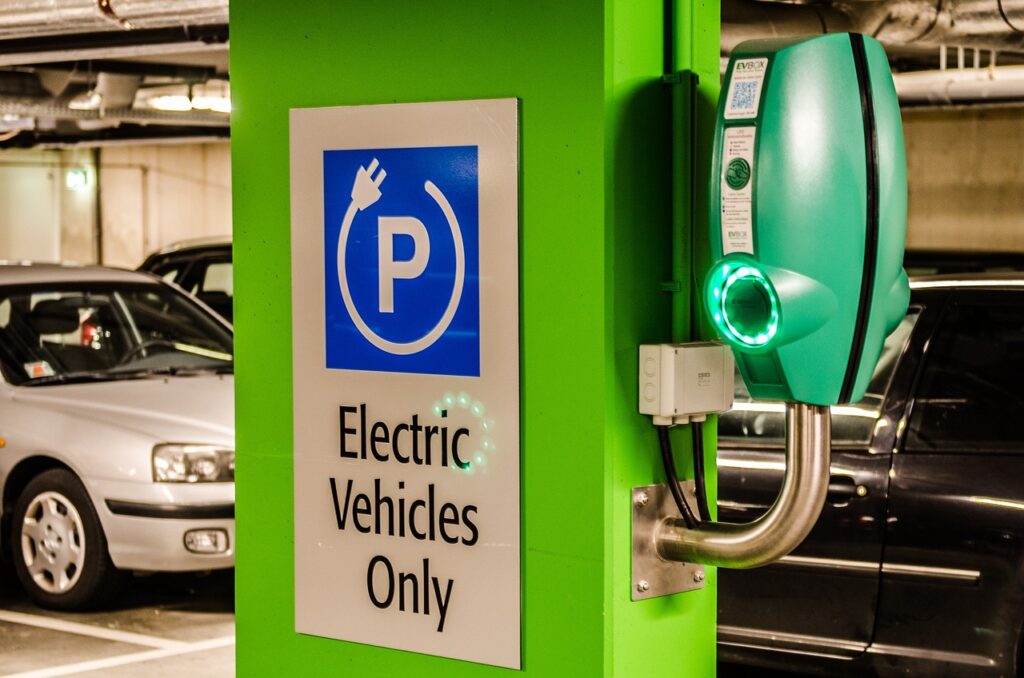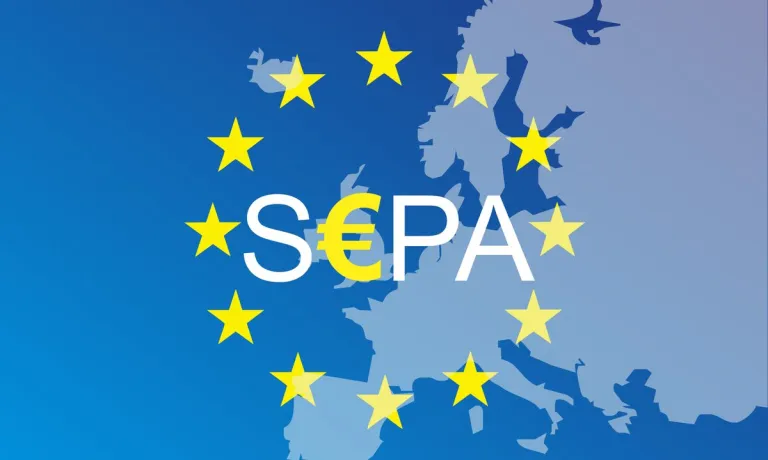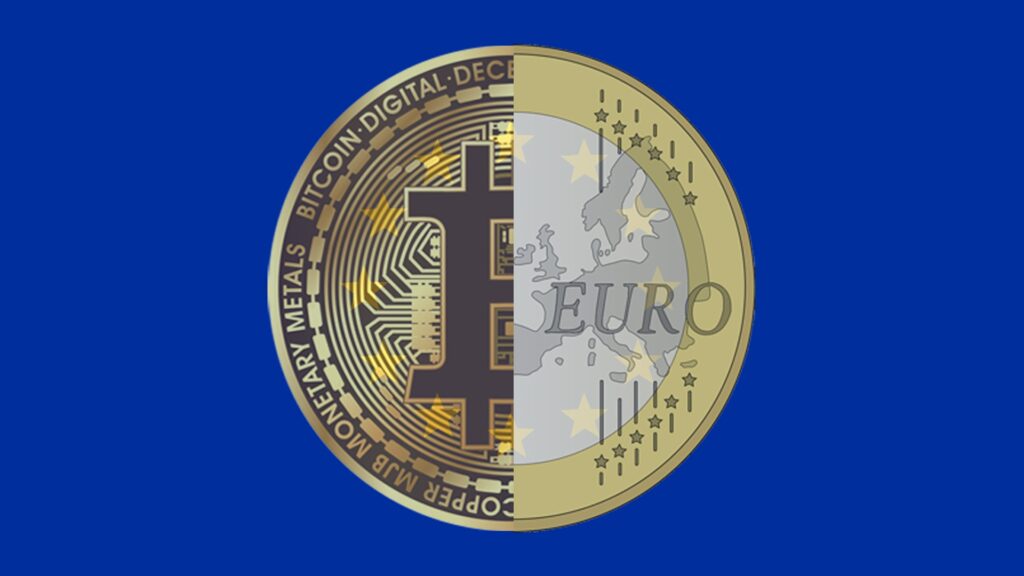A wide range of angles
Taking various angles of the potential impact of the digital euro made the panel discussion very lively on a wide range of topics, such as:
- How will commercial banks play a role and does a digital euro positively impact financial stability?
- What would consumers value, taking into account financial inclusion, privacy and user experience of alternative payment means?
- Does the market need a centrally controlled digital payment means or would a decentralized solution better fit in the current times?
- Will the digital euro be programmable and if so, what would be the ethical impact?
Most of these topics are covered in detail in the series of articles we have published over time on the topic of CBDCs and the digital euro (see box).
The digital euro has entered the preparation phase
Meanwhile, on 19 October, the ECB announced the preparation phase of the digital euro, which will last two years. It will involve finalising the digital euro rulebook and selecting providers that could develop a digital euro platform and infrastructure. Furthermore, it will include testing and experimentation to develop a digital euro that meets both the Eurosystem’s requirements and user needs. For example in terms of user experience, privacy, financial inclusion and environmental footprint.
Among several documents, the ECB published a one page overview aimed at European citizens, presenting the digital euro as “the future of money”.
However, the ECB has once again made it clear that this preparation phase does not mean a decision on the issuance of the digital euro. That final decision will only be considered by the Governing Council once the EU’s legislative process has been completed.




